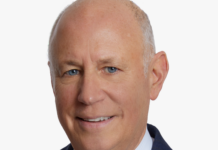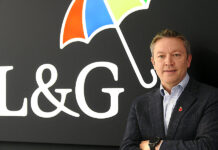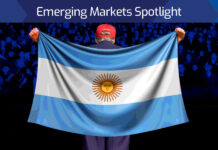The DESK looks at fixed income liquidity providers business models in depth.
This month, we spoke with Millennium Advisors’ Laurent Paulhac, group CEO and Caroline Serdarevic, head of international and global head of sales, to discuss the firm’s growth, strategy and approach to making markets.
The DESK (TD): How has Millennium Advisors’ offering evolved as an ELP?
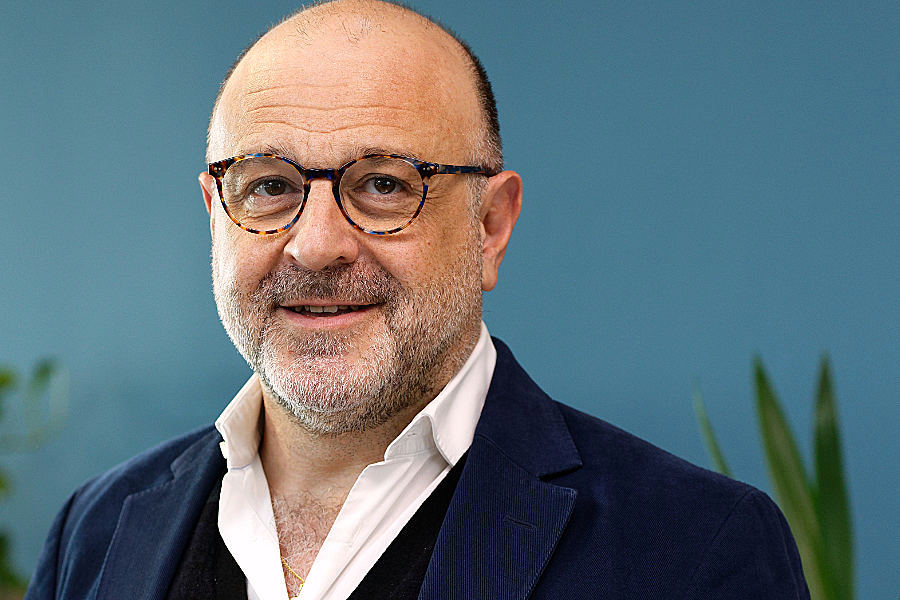
Laurent Paulhac (LP): Since inception, we have believed in the continued electronification of the fixed income markets, so unsurprisingly when we launched in USD corporates, we partnered with various electronic communication networks (ECNs). These weren’t just the major institutional platforms such as MarketAxess, Bloomberg and Tradeweb but, as crucially for the retail market, the likes of Bond Point and Muni Center. Back in 2010 we were a first mover in this space, and experienced rapid success. Our disciplined approach to growth in those early years meant we became a top 10 liquidity provider by trade count by 2012, and by 2013 we were in the top five. We have been a market leader ever since.
We have always had a trader-centric business model, increasingly over the years supported by algos and technology, but our traders retain the power to make the final decisions on inquiries. Of course, we’ve seen this huge evolution in the competitive landscape over the past five, seven years, with traditional dealers building our their algo desk capabilities and moving into the same space starting in 2016.
At the same time, we also broadened our reach by product, for example adding municipal bonds and Agency MBS; and by region, opening our London office to support USD trading overnight, and opening up the European bond markets. It took a few iterations to get it right, but our overnight business grew rapidly and we were quickly the leading liquidity provider in USD credit to APAC and EMEA counterparties. We remain a top dealer on Bloomberg and MarketAxess overnight.
We trade on a fully integrated book globally, that is there is no separation between how we trade dollars in any region. We do carry risk; we are not flat at the end of the day and we run a significant global balance sheet ranging from US$3.5 billion to US$4.5 billion.
We now have over 100 people globally, of whom 40 are traders across asset classes. We also have technologists and quants, all helping us process nearly two million trades a year across the firm, with over 1,600 trading counterparties globally.
TD: Where do you see opportunities globally?
LP: We opened a Singapore office this year to further bolster our trade USD credit business in that region. We have been in the Asia market for years out of our London office, so this is not something that we did on a whim. We’ve built our expertise and know what success looks like in the region. We also understand and what the incremental opportunity really is by being on the ground.
We’re able to lean on our in-house expertise and the mobility of our team. We relocated one of our best traders from Charlotte, and one of our great salespeople from London. We’ve also rehired a trader based in Singapore. So we’ve got this entrenched in-house expertise that helps us quickly work through layers of complexity, including the documentation and regulatory due diligence these initiatives demand.
I think it’s a testament to the way we are set up internally that we targeted a 1 July 2024 go live date for the Singapore office, and we did our first trade on 3 July – given the sheer scale of the task, two day slippage seems pretty good! A nimble company of our scale can execute quickly on any project.
TD: How do you innovate in such a competitive space of electronic liquidity provision globally?
LP: Over a three-year period, the commercial benefit of any innovation will naturally decay. If you we come up with a great idea that gives us competitive edge, by this stage it’s no longer so valuable. So we constantly need to innovate; the way we do that at Millennium is with close collaboration between our traders, our quants and our tech.
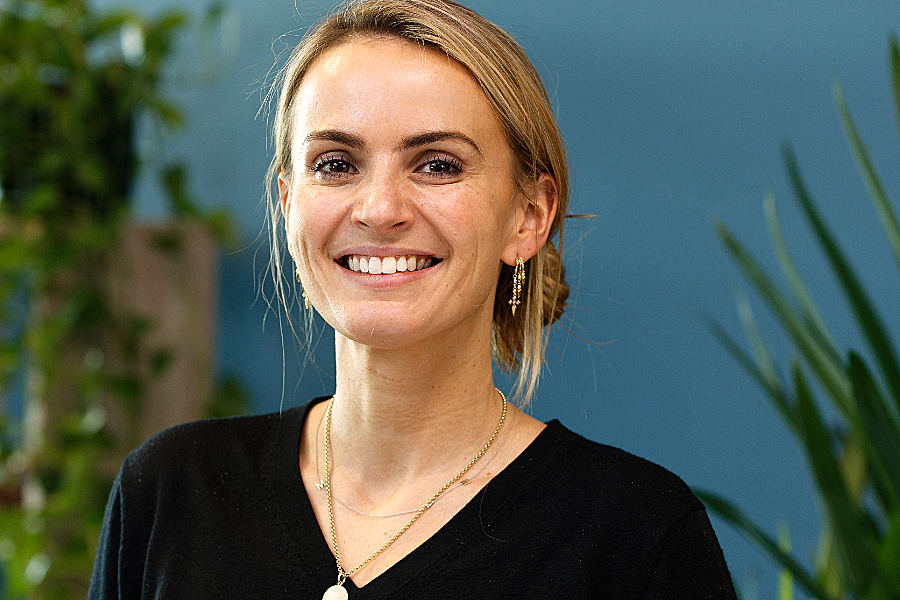
Caroline Serdarevic (CS): When I first started working on the trading floor, I was told good salespeople think like traders, and the best traders think like salespeople. And at Millennium, we have that joined-up mindset, understanding the interplay between various roles and factors. For example, many of our technologists and quants rotate through a trading seat for a period, so they appreciate how the tools they’re building are used in battle.
TD: When you started using automation more in 2019/20 what changed?
LP: We codified a lot of the ability to make decisions. Our model is trader-centric, which means a trader takes risk decisions – do they want to be long a bond, or short at this point and how much? They also make pricing decisions, at what point they want to enter, at what point they want to take the position. But they make these decisions armed with an extensive toolkit which has been honed over almost a decade, and all built in-house.
For the first eight years of our history, these tools were designed for traders to review a lot of data and make decisions very fast themselves. Then we moved to enabling a lot of the decisions to be automated, within certain boundaries. Now we see our traders trading much like airline pilots fly; they don’t necessarily take off on their own, but they can set the course if you like. If they have a challenging landing say, they’re going to manage that themselves but a lot of the navigation is automated. They can set parameters on when they can trade automatically, up to certain sizes, within certain sectors, or buckets – they control the entire structure. We introduced that back in 2019 as a centralised system.
TD: What is it called?
LP: We call the system ‘Cassie’ and we have deployed it across all of our asset classes. It’s a process of constant improvements and enhancements under the direction of our traders. Having that integration between traders and tools and between trading, quants and development, that feedback cycle, from day one is a slightly different mindset to a lot of institutions.
Across the Street, the algo and trading books have historically been managed separately, so for us, that sort of integration from the outset is pretty unique. Out of our top 20 competitors, only us and one or two other firms that havemanaged to structure it that way, because in practise, it is a very difficult.
TD: Who are the firms you’re trading against?
LP: Our strength is covering every counterparty in every segment, from retail, to the largest asset managers to insurance companies, and corporations, who are active in credit. The top 150 asset managers in the US are all our counterparties.
TD: Would look at building direct connectivity at all?
LP: We’re building more and more direct connectivity. Our goal is to have as many direct connections as possible with our most active counterparties, and we have built the technology framework to support many more of them. If the counterparty has the ability to connect, and it makes sense, then we want to. It’s a deeper competitive advantage and reduces costs.
There’s an information leakage point as well. The more sophisticated players are focused on technical market dynamics and do not like being on the platform. We have a number of clear successes from direct connections with key counterparts. In one case, we’ve integrated with a US firm that has a global footprint; we knew there was more we could do together and this was a great fit for both of us. They were a relatively small counterparty to us, we built a direct connection, and within two quarters they became a top 10 counterparty for us.
TD: You carry risk, what does that mean for your level of exposure overnight, and how long do you essentially hold positions for?
LP: It varies by asset class. For example, in London our average book turnover is probably around three days. The equivalent for Agency is about five days; CDS is about three days; Munis tends to be between three and five; IG tends to be between five and 10, while high yield is a little longer, between seven and 14 days.
TD: Does that affect your sustainability as a liquidity provider?
It’s a good point. One of the reasons we have such a strong relationship with our counterparties is our consistency, and that comes back to our integrated model of trader and machine. In stable market conditions we can lean into our automation, focus on speed of responses, but because we are human-driven, when there are huge volatility spikes, our traders can take over, and which means we’re always there. The pilot is managing the bumpy landings.
During Covid, with a complete dislocation of markets, a lot of the algos shut down and didn’t reopen for months. We didn’t miss a beat, and it turned out to be some of our best performing years from a trading perspective. Or when SVB blew up – we were the first liquidity provider to make markets on their name in the overnight market. That consistency is providing real value for the counterparties. They may not like our price, but we always have a price.
TD: What’s the profile of the team?
LP: The average age at Millennium is 34 and that includes old guys like myself. Forty-two percent of our employees are 30 and younger, so it’s a relatively young team. What that means is they graduated recently with the best skills in AI, quantitative finance, modelling etc. They are adept at bending technology to enhance their skills.
Our founder, Mike Healy, is a visionary but doesn’t represent the mainstream. He’s been active in these markets for 40 years, and remains a pioneer, working with the team to constantly generate new ideas on modelling and automation, finding niche opportunities to drive profitability, with tech and with quants to improve models. As we grow, the talent on our team only gets stronger, helping us to scale the firm globally faster and with less risk.
©Markets Media Europe 2024
©Markets Media Europe 2025


